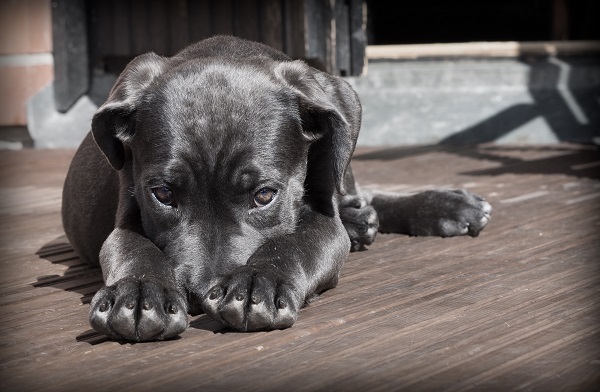Pet Health
03/12/2020
The Coronavirus and Your Pets
One of my neighbors told me the other day that many people in China are getting rid of their dogs…
Monday – Friday
7:00 am – 7:00 pm
Saturday
7:00 am – 6:00 pm
Sunday
9:00 am – 6:00 pm
Monday – Friday
7:00 am – 7:00 pm
Saturday
7:00 am – 6:00 pm
Sunday
9:00 am – 6:00 pm

Rex makes the most adorable faces when it’s time to eat. He puts-on his best behavior as I’m making his food. When I ask, “Are you hungry?”, he answers with a full body twirl, then sits politely at my feet gazing up at me, melting my heart with those needy, innocent, fixated eyes. He’s in his best “sit”, making sure to follow all the mealtime manners he has learned. Kills me…
Have you ever heard of “feminine wiles”? Feminine wiles are when a woman uses clever talk or influence to persuade someone to do what they want. Stereotypical feminine wiles include turning on the charm, sugar coating conversation, batting their eyes to look particularly captivating, or, buttering someone up. Usually, the concept is regarded as being manipulative or dishonest, but persuasion and influence is not necessarily a “bad” thing. It’s kind of like the old saying, “you catch more flies with honey than vinegar”. In other words, you’ll have more success in getting what you want by being sweet rather than being rude, right? What’s wrong with that? It has been said that wiles are considered a female genetic trait learned over the years, and therein lies the relationship to our canine friends.
From their ancestral beginnings, canines have long used “wiles” to get what they want from us. One story commonly told is that the dog’s ancestors sought out humans because they wanted our food. Wolves approached humans while looking for food near the dumps found around human settlements. If the wolf was aggressive, he may have been killed. If the wolf appeared amiable and non-threatening, he was probably tolerated and allowed to scavenge. Over time, as the friendlier dogs produced offspring, each “generation” exhibited less and less fear of humans. Eventually, the friendlier canines were permitted to live closer to the people. I envision people sitting around a campfire throwing food to the canines who came closest and were “sociable” and non-threatening. In essence, it boils down to the survival of the “friendliest”, right?
What kind of body language would a wolf use to show that his intent is friendly, and he is not a threat? Submissive posturing, head down, averting his eyes, ears back…kind of lookin’ all cute. This is called “appeasement” behavior… trying to make himself seem smaller and less threatening. I call these antics “canine wiles”. They have to be genetic. Our dogs have used this type of behavior to get us to do what they want for years!
We are “victims” of canine wiles every day here at Holiday Barn Pet Resorts! We have a couple of guests who bring us a toy every time we pass their suite, and then gaze up to us with those precious, soulful eyes. I’m sure they know how darn cute it is for them to be holding that toy in their mouth. We melt right there in the hallway. And how about the ones that flop on their back for a belly rub just before we start to lift them in the tub? Are you familiar with the “pound puppy” look? It’s where a pup will lay flat against the ground, 2 legs out in front with their little head planted in between? Then they look at you – not by raising their head – but by turning their sweet eyes upward, kind of looking sad? Heart melt. Oh, one more… the play stance… I mean how cute is it when they prop those little hineys up in the air and get all animated and happy? Any time Rex does that, I automatically stop what I’m doing and find the closest toy for a game of fetch or tug of war… Yeah, he’s got me wrapped!
Can it be manipulative? Yes, but that sounds like such a bad word. Manipulative in a non-devious kind of way. Sometimes we witness more manipulative canine wiles towards doggie parents when their dog acts out all kinds of drama and charades in our lobby when they’re about to leave. The dogs act simply traumatized to be left behind! Then just as soon as the parents are out of sight, their tail goes up, and they happily bop away, excited about their new adventure. Silly pups.
Okay, so I get the relationship to canine “wiles” vs canine “body language”. I mean, how else does a dog get his point across if he doesn’t use facial expressions, gestures, postures? They can’t talk…that’s just the way they communicate. Dogs speak to us using a complex language of signals to reflect what they are thinking, feeling and wanting. The point is, these signals can very consciously communicate their intent. In other words, they know exactly what they’re doing, right? So smart!
Pet Health
03/12/2020
One of my neighbors told me the other day that many people in China are getting rid of their dogs…